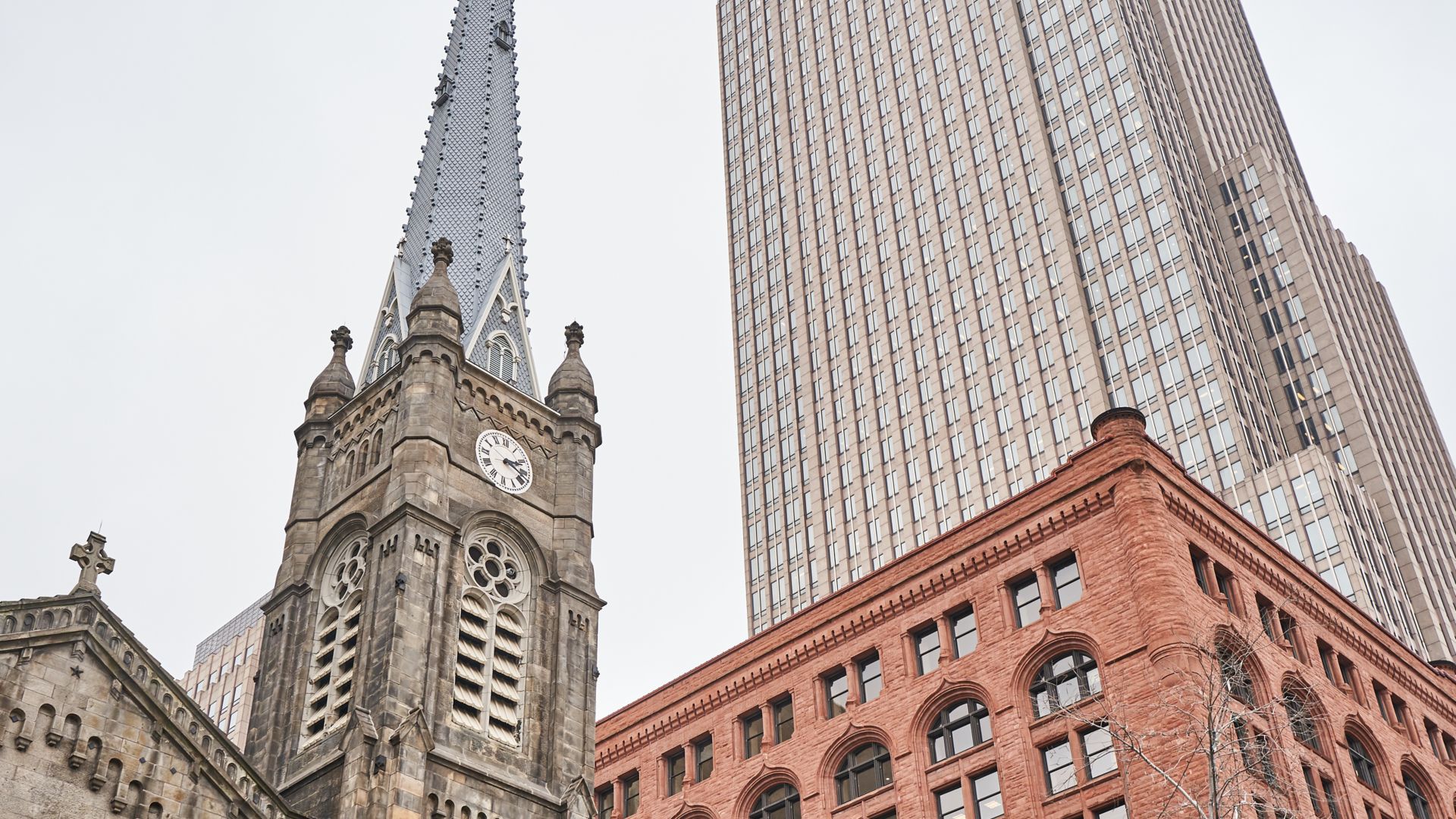WALLS BUILD BETWEEN 1900 TO 1940
MAIN CHARACTERISTICS
- Various structures types;
- Mortar which could contain Portland cement.
TO TAKE INTO CONSIDERATION
- Exposure to the elements, such as wind, rain,frost,etc;
- Changes of use.
Walls built between 1900 and 1940 are mainly built using a mortar containing pure lime or hydraulic lime (natural or not) but could also contain a certain amount of Portland cement. If the mortar contains Portland cement, it has nothing in common with its contemporary counterpart. For this reason, if Portland cement is to be used, this should be with caution. Nowadays, mainly because of our harsh climates, the use of pure lime without the addition of pozzolans is no longer recommended. Therefore, you will need to look for a mortar containing hydraulic lime (natural or not) or a mixture of pure lime and Portland cement.
LAYING MASONRY UNITS
Structures built between 1900 to 1940 can be made of mass masonry, reinforced concrete, or metal framework. It is important to know the structure type before selecting restoration materials. Other things to consider are if the building has control joints and air/vapour barriers. Therefore, it is essential to use a type of mortar that will accompany the original wall in its movements or in its ability to transmit water vapour. For this, we generally use the same type of binder that was used for the original construction. For the type of binder that was likely used during the original construction, refer to the document: Guide to identifying the different types of binders, available on this website.
REPOINTING
Repointing requires that the new mortar be equal or weaker, in terms of compressive strength, than the original mortar and the masonry unit. The new mortar should also be equal to or greater than the original mortar in terms of water vapour permeability. Finally, the selected mortar must accompany the original mortar in all its facets and not represent a constraint.
TIPS
Make sure that your project has not undergone a change of use. For example, a greater exposure to deicing salts. Otherwise, the use of the same mortar as the original could turn out to be a mistake.
RECOMMENDATIONS
BEDDING MORTAR
» Requiring low to medium compressive strength
» For non-load bearing interior and exterior walls: HLM-500 or MasonMix
» Requiring medium to high compressive strength
» Load-bearing wall, parapet, foundation, chimney, retaining wall or any masonry workexposed to a high level of saturation: MasonMix 600 or RosenMix 500
REPOINTING
» Requiring low to medium compressive strength
» For non-load bearing interior and exterior walls:HLM-350, MasonCare 300 or MasonCare 1258
» Requiring medium to high compressive strength
» Load-bearing wall, parapet, foundation, chimney, retaining wall or any masonry workexposed to a high level of saturation: RosenMix 350 or HLM-500
** For all projects dated after 1840, when a rapid initial setting time of the mortar is necessary,the use of mortars containing natural cement is recommended. RosenMix 350 or RosenMix 500

